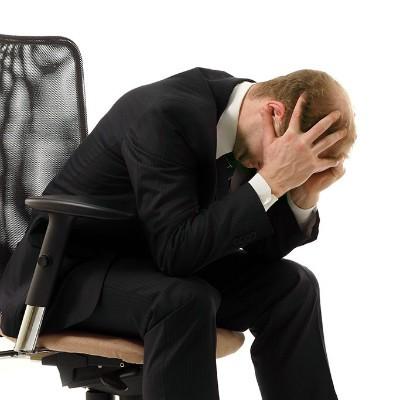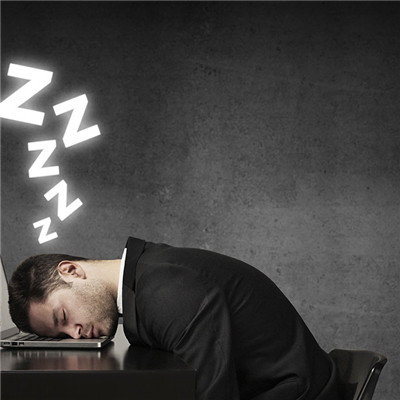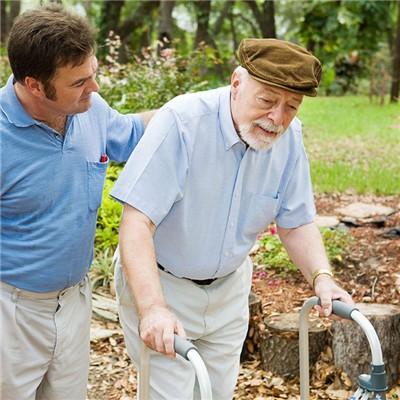Symptoms of mild carbon monoxide poisoning
summary
Carbon monoxide poisoning is the product of incomplete combustion of carbonaceous substances, which is caused by inhalation through respiratory tract. The mechanism of poisoning is that the affinity of carbon monoxide and hemoglobin is 200-300 times higher than that of oxygen and hemoglobin, so carbon monoxide is easy to combine with hemoglobin to form carboxyhemoglobin, which makes hemoglobin lose the ability and function of carrying oxygen and cause tissue asphyxia. Symptoms of mild carbon monoxide poisoning? Next, I'd like to share my views with you.
Symptoms of mild carbon monoxide poisoning
The main clinical manifestation is hypoxia, and its severity is proportional to the saturation of HbCO. Mild patients had headache, weakness, vertigo, dyspnea during labor, and the saturation of HbCO was 10% - 20%. The patient's lips are cherry red and may have nausea, vomiting, blurred consciousness, collapse or coma,
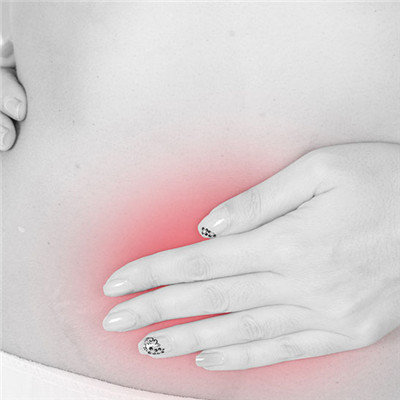
The saturation of HbCO is 30% ~ 40%. Severe cases were deep coma, accompanied by high fever, limb muscle tone enhancement and paroxysmal or tonic spasm, HbCO saturation > 50%. Patients with brain edema, pulmonary edema, myocardial damage, arrhythmia and respiratory depression, can cause death. Blisters and redness may appear on the skin of the chest and limbs in some patients, mainly due to autonomic dystrophy.

Some patients with acute carbon monoxide poisoning will be comatose again after 2-30 days of false recovery, and appear dementia, numbness type psychosis, tremor paralysis syndrome, sensory motor disorders or peripheral neuropathy and other mental and neurological sequelae, also known as acute carbon monoxide poisoning delayed encephalopathy. Long term exposure to low concentration of CO can lead to headache, dizziness, memory loss, inattention and palpitation.
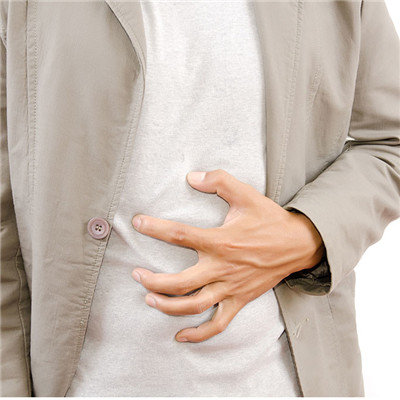
matters needing attention
It should be widely publicized that there should be safety settings (such as chimney, small ventilation window, air funnel, etc.) when indoor coal fire is used, to explain the possible symptoms of gas poisoning and first-aid knowledge, especially to emphasize the harm and severity of gas to infants. The installation of coal stove chimney should be reasonable. The coal stove without chimney should be placed outdoors at night.

